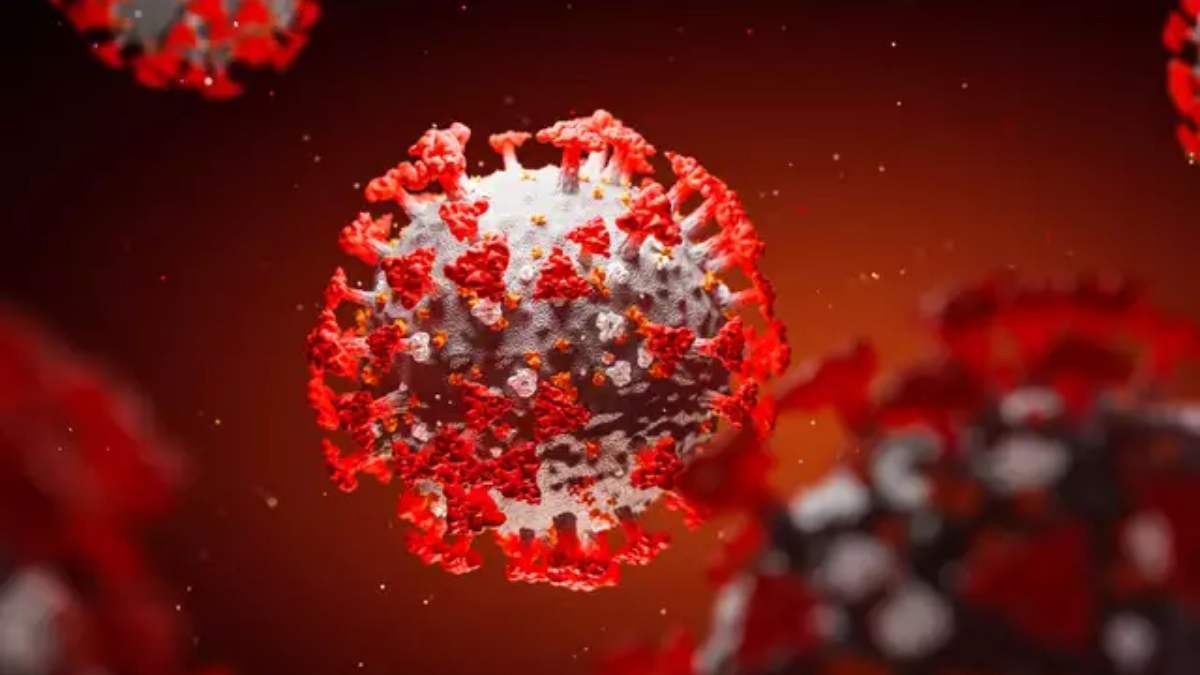South Africa has technically entered into a third wave of Covid-19 infections after it reported 9,149 new cases on Thursday.
“South Africa technically entered the third wave today as the national 7-day moving average incidence (5959 cases) now exceeds the new wave threshold as defined by the Ministerial Advisory Committee,” the country’s National Institute for Communicable Diseases (NICD) tweeted on 10 June.
NICD said that the increase in cases has brought the national seven-day moving average incidence (5,959 cases) which exceeds the new wave threshold as defined by the government’s Ministerial Advisory Committee (MAC).
The MAC defines the new wave seven-day moving average threshold as 30% of the peak incidence of the previous wave.
The country has now reported a total of 172,208 cases, with the 9,149 new cases representing a 15.7% positivity rate based on tests competed.
A further 100 related deaths have been reported, bringing total fatalities to 57,410 to date. There was an increase of 844 admissions in the past 24 hours and 127 additional in-hospital deaths reported in the past 24 hours. The majority of new cases are from the Gauteng province (61%), followed by the Western Cape (10%) province. Previously, four of South Africa’s nine provinces, including Northern Cape, Free State, North West and Gauteng, had already entered a third wave at the provincial level. On Thursday, Western Cape said that it was entering the third wave. The nation plans to vaccinate about 67 per cent of the population by the end of this year with three phases to achieve herd immunity.
Following the first phase for healthcare workers only, the current second phase inoculates persons aged 60 years and above first, who will be followed by other groups of people including essential workers, persons in congregate settings and persons over 18 years of age with co-morbidities.
South Africa, which has the highest covid-19 infection tally in Africa, moved to lockdown level two from the previous level one from 31 May as the number of infections began to rise sharply in several parts of the country and the positivity rate more than doubled in a month, fr0om around 4 per cent to more than 11 per cent.










